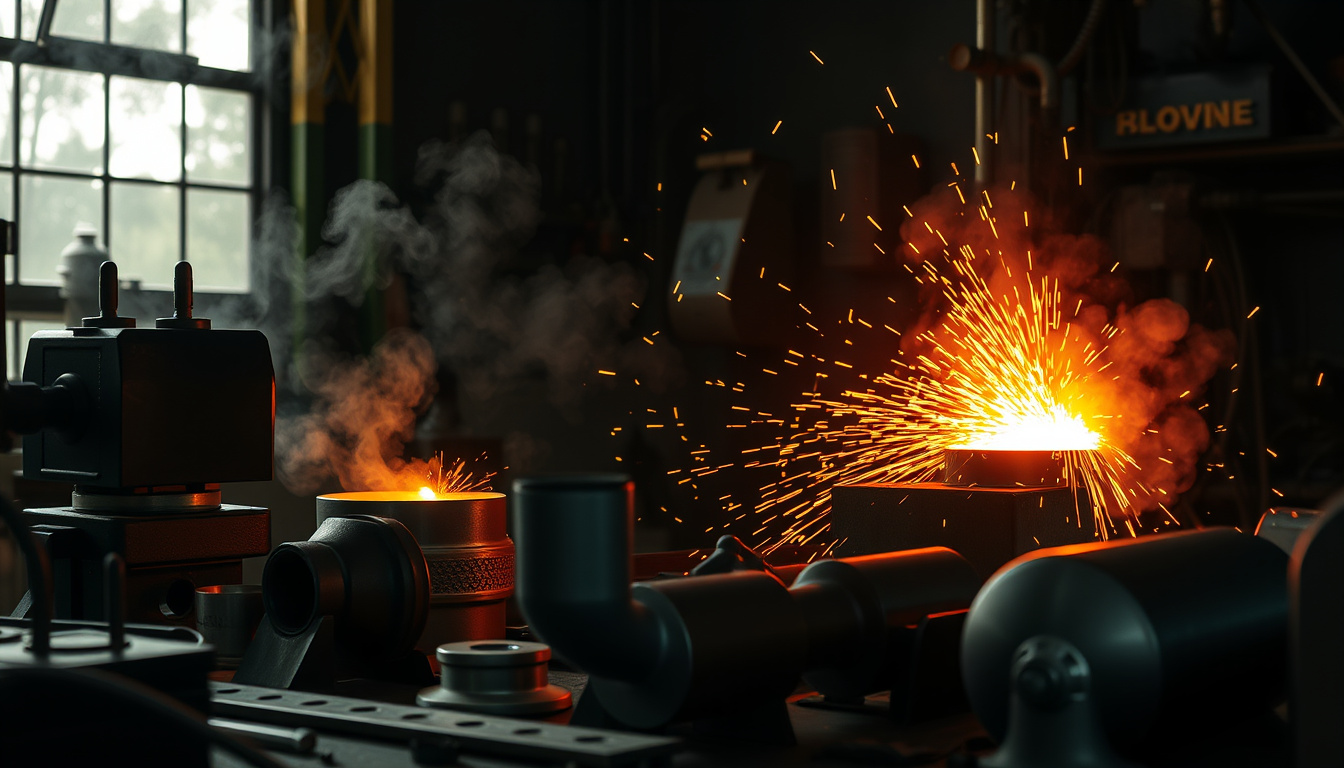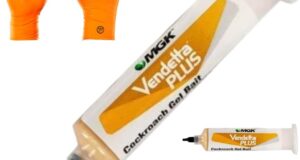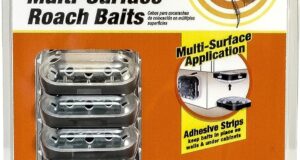
In the world of metallurgy, heat treatment is more than a technical process; it is an art that lifts metal features. Whether you are an engineer or a hobbyist, heat treatment can boost your skill with metals, making them fit for many jobs.
What is Heat Treatment?
Heat treatment means heating and cooling metals in a set way. The process shifts physical or even chemical properties. It builds hardness, strength, ductility, and toughness. Many fields use heat treatment, from cars to planes.
The Science Behind Heat Treatment
Heat treatment depends on phase diagrams and changes in atomic links in metal. Heating a metal to a set temperature makes its atoms rearrange. This shift helps the metal hold up when stressed or loaded.
Key Processes in Heat Treatment
Heat treatment uses these main steps:
- Annealing: The metal heats up to soften. The metal then cools slowly. This step is common with steel and aluminum alloys. It cuts down stress inside the metal.
- Quenching: The metal heats high and then is cooled fast in water or oil. Quenching makes the metal hard but might cause it to break if not tempered.
- Tempering: This step follows quenching. Tempering warms the metal a bit to add some give back while keeping most of the hardness. This step suits tool steels that need a split of hardness and toughness.
- Normalizing: The metal heats to a level before cooling in still air. Normalizing cleans the grain structure. This step lifts strength and toughness.
Applications of Heat Treatment
Heat treatment touches many fields:
- Automotive Parts: Gears, crankshafts, and axles get heat treatment. Their wear drops while their load ability rises.
- Construction Materials: Steel beams and supports get heat treatment. Their build grows more sound against tension and compression.
- Tool Manufacturing: Cutting tools get heat treatment. Their edges stay sharp and work longer.
Choosing the Right Heat Treatment
The best heat treatment choice can be hard. Experts and engineers meet to decide. They check the metal type, needed features, and job type to pick a treatment that fits.
Challenges in Heat Treatment
Heat treatment may change metal benefits, but it can also cause issues. Distortion during quenching, lingering stresses, or cracks can appear. It helps to watch every step as the process goes on.
Conclusion
Heat treatment stands at the heart of metallurgy. It lets workers bring out the best in metals. When you master heat treatment, you can build products that work hard and last long. If you work with metals or study their science, knowing this process can change your work in many ways.
Embrace the art and science of heat treatment and work with metals in new ways!




